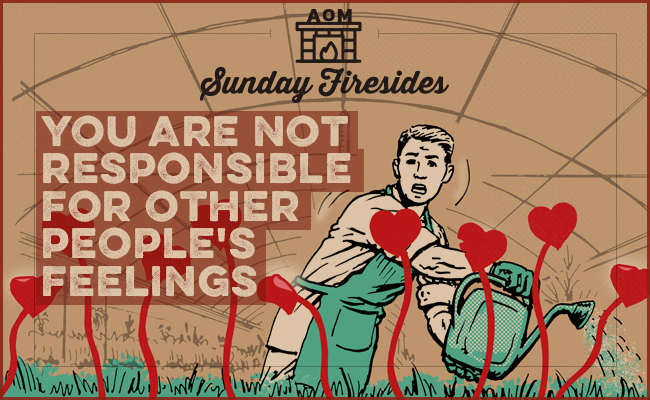🔗 Empowering women
I loved this article studying how the voices of women can be better fostered and heard: When Women Don’t Speak.
The bottom line, if you want to empower women, apply majority rule when women have the numbers and unanimous rule—or at the very least, an underlying principle of unanimous rule, hearing from everyone—when they don’t.
As a father of four girls, I find myself thinking a lot about gender roles and how to teach them, and my three boys, how to confront bias, whether conscious or not. As a manager of a software team that is 77% male, I spend a lot of time considering this as work as well. I was thrilled last week when my wife found and shared this article with me because she knew how much I care about this.
The answer to improving the gender gap is not necessarily always in raw numbers. The solution for my team is not to fire three of the men and hire women to have equal representation. I can’t change every department or every team at my company, or anywhere else.
But that doesn’t mean I am powerless.
There are subtle, and overt things that I can do to make sure that the voices of the women around me are encouraged and heard. I loved finding out in this article that one simple change—working in a unanimous instead of majority-based approach can have the effect of empowering everyone on the team to be heard, regardless of personality or biases.
Whether it is to address gender bias, or just to treat everyone as people that truly matter, I love that the effect of working for unanimous consensus is fewer negative interruptions, and more opportunity for everyone’s opinions to be heard.
I hope this is something I can implement on my team, and that it will make a difference. And I hope it doesn’t stop there.



